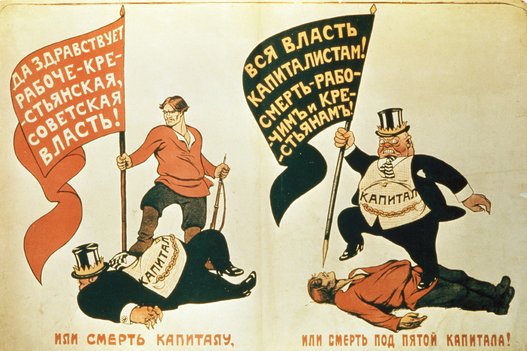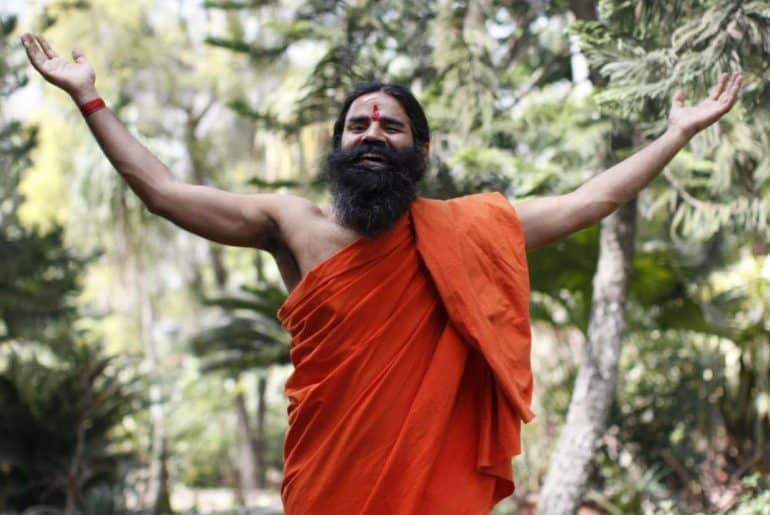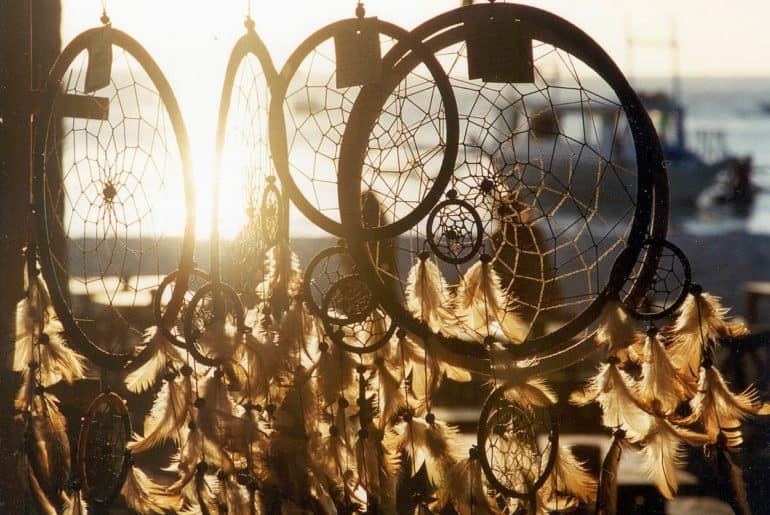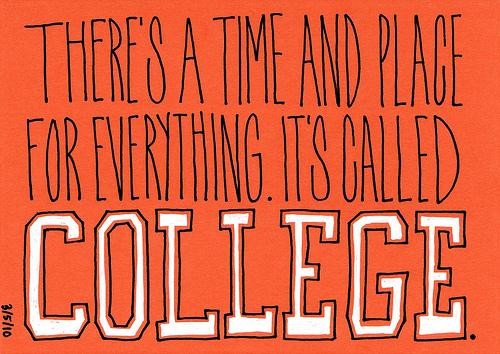Delhi University’s School of Open Learning (SOL) which runs various distance learning programmes is going to start ten new courses from the commencing academic year. The new courses will also include vocational courses. The governing board of SOL has already approved these courses which include BSc (honours) mathematics, BA (honours) history, and Bachelor of Vocation in human resource management. The director of SOL, Dr. C.S Dubey said “The course structure and syllabus has been formed and approved by the GB and was sent to DU for consideration. The university gave us a proforma to fill in the details, which we did and sent it to the university.”
The authorities observed that a large number of applicants who applied for these courses in regular colleges last year could not get admitted in these courses due to high cut offs and less number of seats. “When we studied the number of applications received for these courses, we found that many students had applied but only limited number got admission. There is a lot of demand for these courses among students so we are providing a chance for students to study these courses through distance medium,” said Dr. Dubey.
These courses will now require an approval from the university which will then need another approval from distance education board (DEB). The authorities will send the proposal for starting new courses to DEB soon. They are optimistic to start the admissions this year provided they get the approval from DEB.
The courses which have been approved are as follows:
- BSc (honours) mathematics
- BA (honours) history
- BA (honours) economics
- BA (honours) Hindi
- BA (honours) psychology
- BA (honours) Sanskrit
- BA (honours) Hindi journalism
- BVoc in human resource management
- BVoc in office management and secretarial practices
- BVoc in marketing management and retail business
SOL admits nearly 1.5 lakh students annually in various Bachelors and Masters Courses under Delhi University.
With inputs from: Hindustan Times
Image credits: DU Beat
Srivedant Kar























